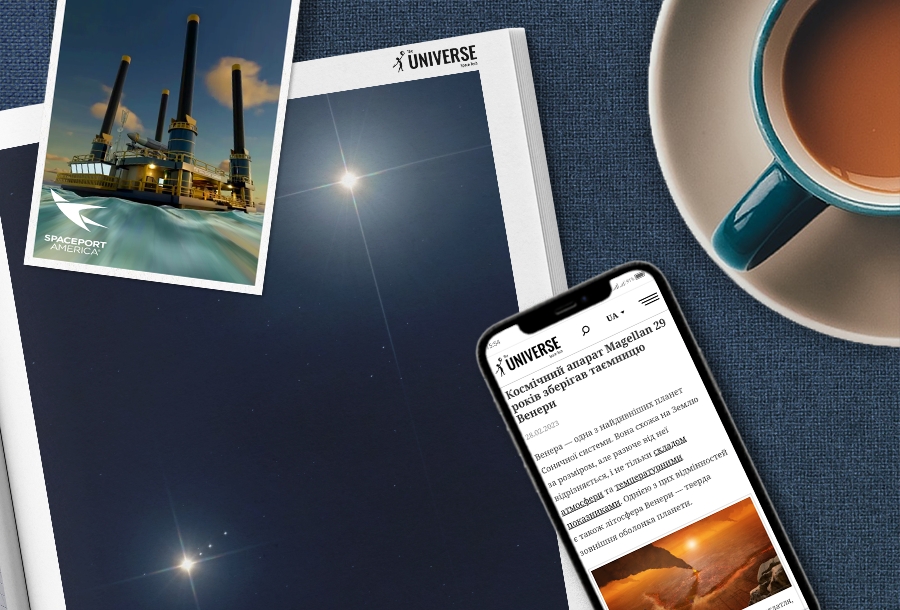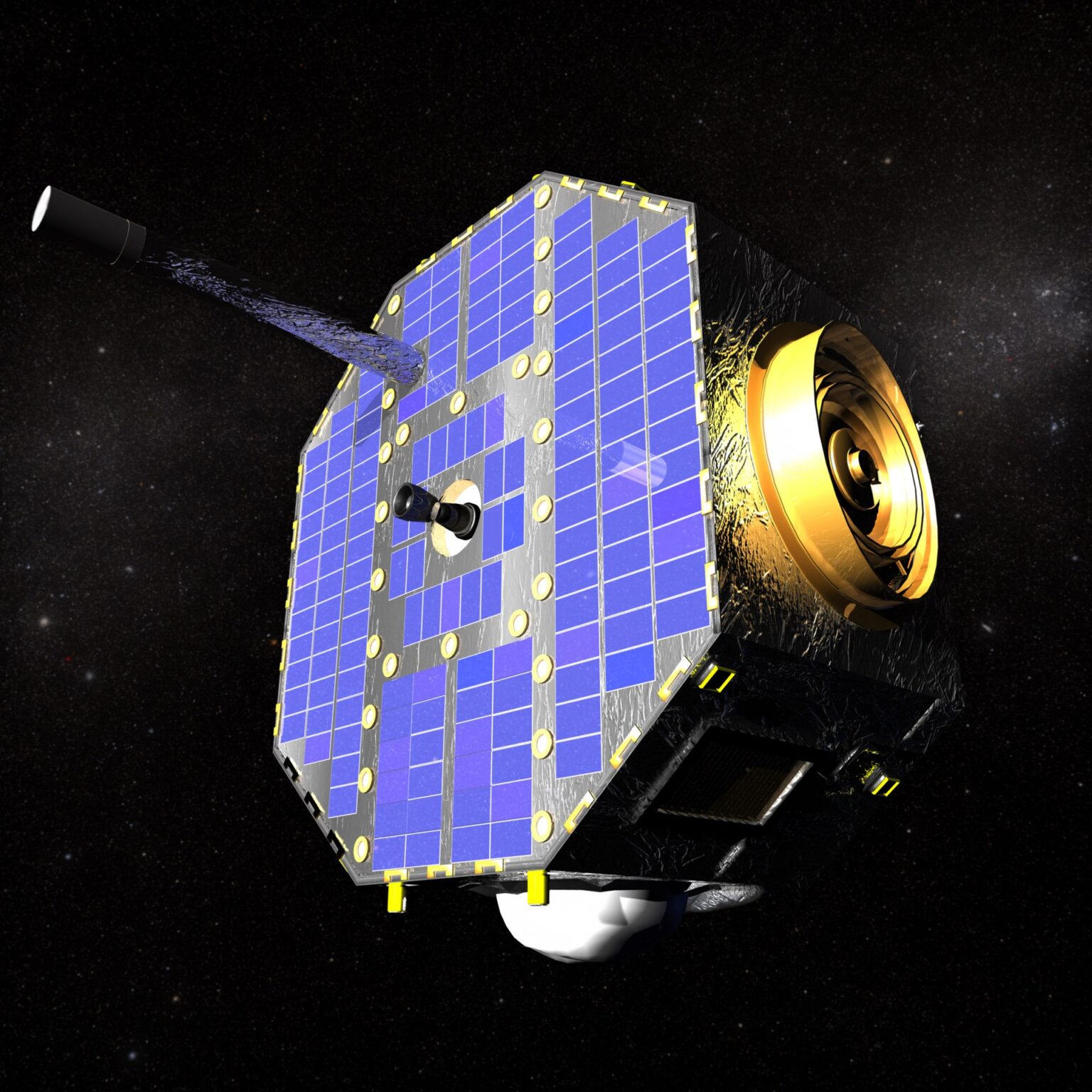Selection of the most interesting space news for the week: SpaceX has successfully launched the Crew-6 into orbit; scientists have discovered an unexpected fact about the lithosphere of Venus, and we are talking about orbital maneuvers.

“An expert is a person who has made all the mistakes that can be made in a very narrow field.”
― Niels Bohr
China will complement the Tiangong station with a multifunctional module
China plans to expand the Tiangong station by adding a multifunctional module. This was announced by Ji Qiming, assistant to director of the China Manned Space Engineering Office. According to Ji Qiming, the multifunctional module will have six docking ports. They will allow a larger number of spacecraft to dock to the station than now, which will facilitate the implementation of plans for further expansion of the complex, as well as sending commercial missions and space tourists to it. After adding the module, the Tiangong station, which now resembles the letter “T”, will acquire a cruciform shape. At the moment, it consists of three modules — the base compartment and the laboratory modules Mengtian and Wentian. China also plans to start training foreign cosmonauts for flights to its station.
SpaceX successfully launches Crew-6 members to the ISS for NASA
SpaceX launched another group of astronauts to the International Space Station on Thursday, March 2, after the launch was delayed earlier in the week due to problems with ground systems. The company’s Falcon 9 rocket launched from launch pad 39A of the Kennedy Space Center in Florida and sent the Crew Dragon spacecraft into Earth orbit. The Crew-6 team consists of NASA astronauts Stephen Bowen and Warren Hoburg, United Arab Emirates astronaut Sultan Alneyadi and Russian cosmonaut Andrey Fedyaev. They are expected to reach the ISS on Friday, March 3, to begin a six-month stay in orbit.
Spaceport startup plans to launch rockets from sea-based pads
Spaceport company plans to demonstrate a sea-based pad for launching spacecraft from it as early as May of this year. Up to 4 launches are planned. Thus, they plan to unload ground-based spaceports. The idea of a floating launch pad is not something new in the space industry. Back in the early 2000s, the international project “Sea Launch” was implemented, which used a platform located in the Pacific Ocean for launches. It was from it that the Ukrainian Zenit-3SL rockets took off.
However, over time, due to financial and political problems, the Sea Launch was closed and the global space industry forgot for a while. But now their interest has rapidly begun to return. The leader here is East Asia. China and South Korea already have floating platforms from where they launch rockets.
Magellan spacecraft has kept the secret of Venus for 29 years
The study of the planet is very difficult and complicated: Venus is covered with a thick toxic atmosphere that maintains an average surface temperature of 475 °C. The landers sent there lasted a little more than an hour on its surface. But the data collected by the Magellan orbiter a decade ago has kept the secrets of Venus all these years. The mission was completed in 1994, and scientists published the results of the study only in November last year. he spacecraft used radar to penetrate the planet’s thick clouds and take an image of the surface. Now scientists have used this data to discover an unexpected fact: the lithosphere of Venus may be thinner than previously thought.
On Earth, the lithosphere is fragmented and mobile, divided into tectonic plates that help form the surface of the planet, while simultaneously passing heat from the interiors of the planet around its uneven edges. The lithosphere of Venus, on the contrary, is seamless, which makes the mechanisms of cooling and restoring the surface of the planet something of a mystery. A new study shows that Venus may indeed have a relatively “soft” lithosphere that regularly splashes to the surface.
The US military is interested in direct connection of smartphones to satellites
Clare Grason, head of the Pentagon’s commercial satellite communications office (CSCO), said that the US military was interested in developing technology for direct communication between mobile devices and satellites. A direct connection between a smartphone and a satellite will mean one important change in the Pentagon’s space communications policy. Before that, the US military relied on powerful satellites in high geostationary orbit. Their bandwidth was low, but they were in the access zone all the time. Now the troops have access to a large number of low-orbit satellites that provide much better data transmission capabilities. However, according to Grason, this does not mean that the Pentagon will completely abandon geostationary satellites in their favor.
The race for the opportunity to connect a smartphone to a satellite directly without installing additional antennas like Starlink has been going on for almost a year. Companies such as Iridium, Lynk Global, AST SpaceMobile, Samsung, Globalstar and others take part in them.
Photo of the week

Astrophotographer Andrew McCarthy has published a new spectacular photo. It demonstrates the conjunction of Venus and Jupiter. It was observed from March 1 to March 3. Of course, in reality, two planets were not in the neighborhood — they were separated by a distance of 660 million km. But due to the mutual location of Venus and Jupiter in the Earth’s sky, it seemed that they were next to each other. At the time of the closest approach, the distance between the planets was about 0.5 degrees. This is comparable to the angular diameter of the full moon.
Interesting figure — 15 years

The Interstellar Boundary Explorer (IBEX) spacecraft found itself in an uncertain situation. On February 24, NASA reported that the deep space explorer rebooted on February 18, and had not been in touch since. IBEX was launched in October 2008 to explore the outer edge of the heliosphere. This is the boundary between the Solar System and interstellar space. The mission was designed for about two years, but the work of the probe stretched for 15 years. Its task was to identify the global interaction between the solar wind plasma and the interstellar medium at the boundary of the Solar System. The mission is led by the Southwest Research Institute (SwRI) in San Antonio.
Something to read on the weekend

Sometimes it is difficult to understand what is happening with the spacecraft in Earth orbit, because people have little idea how orbital maneuvers differ from movement on the planet. Lots of people can explain the general principles of spacecraft flight in a vacuum. But maneuvers near the planet are a separate set of questions, and we decided to tell readers everything you need to know about orbital maneuvers.
Like gravitational waves and gamma-ray bursts, fast radio bursts (FRBs) are one of the most powerful and mysterious astronomical phenomena to date. This weekend, the editors of The Universe Space Tech offer you to figure out what fast radio bursts are and what methods exist for their research.
Follow us on Twitter to get the most interesting space news in time
https://twitter.com/ust_magazine
